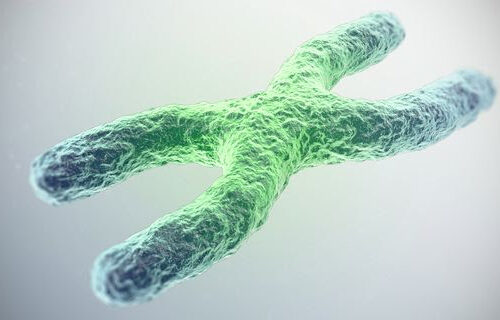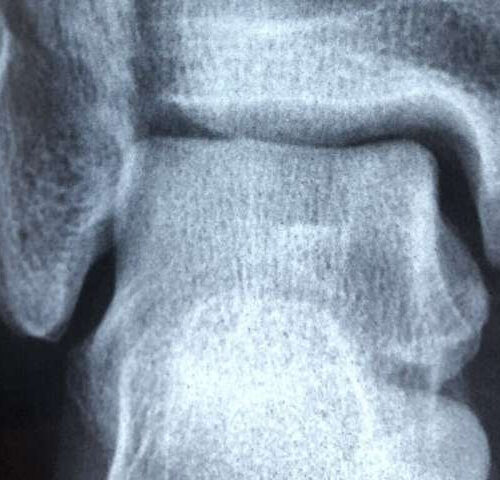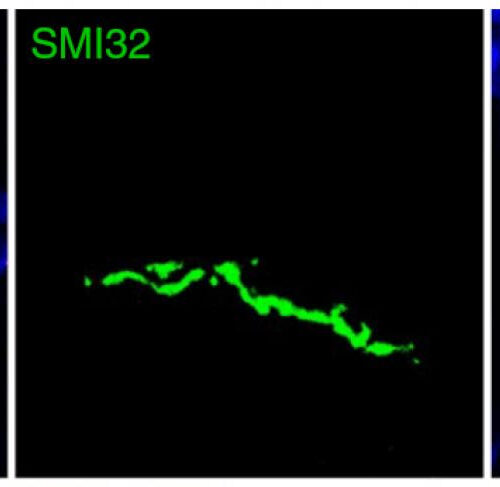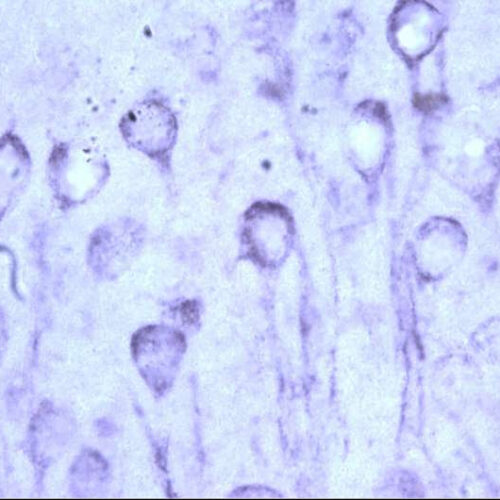ELIFE Alzheimer’s disease shares some key similarities with healthy aging, according to a new mathematical model described today in eLife. The model provides unique insights into the multiscale biological alterations in the elderly and neurodegenerative brain, with important implications for identifying future treatment targets for Alzheimer’s disease. Researchers developed their mathematical model using a range of biological...
Category: <span>Anti-aging</span>
Like Humans Have Found a Way to Reverse Aging
BY TIM CHILDERSNOV 19, 2020 A landmark study shows the reversal of biological aging in humans. The researchers used oxygen therapy in a pressurized chamber to reverse aging in two key biological clocks. The study showed lengthening in the telomeres of chromosomes and a decrease in cells known to cause aging. The cure for aging has long been the Holy Grail...
Reawakened immune cells show promise in mice against zombie cells tied to diseases of aging
By Megan Molteni A natural killer cellNIAID Scientists have started to test whether natural killer, or NK, cells can be trained to go after hard-to-cure blood cancers in human patients. But making these sentinels of the innate immune system a potential boon to human health spans might be simpler: Rather than needing to be genetically engineered...
Discovery points to potential immune therapy for chronic disease and fibrosis
UNIVERSITY OF CALIFORNIA – SAN FRANCISCO Scientists at UC San Francisco are learning how immune cells naturally clear the body of defunct – or senescent – cells that contribute to aging and many chronic diseases. Understanding this process may open new ways of treating age-related chronic diseases with immunotherapy. In a healthy state, these immune...
One bone fracture increases risk for subsequent breaks in postmenopausal women
by University of California, Los Angeles Credit: CC0 Public Domain Current guidelines for managing osteoporosis specifically call out hip or spine fractures for increasing the risk for subsequent bone breaks. But a new UCLA-led study suggests that fractures in the arm, wrist, leg and other parts of the body should also set off alarm bells. A...
Chronic attack on the aging nervous system
UNIVERSITY OF WÜRZBURG IMAGE: Microscopic picture of a CD8+ T cell in the CNS of a two-year-old mouse. The cytotoxic T cell (red labelling) is located in immediate proximity to a damaged nerve fiber (green labelling) and is, according to the described results, involved in its damage. The cell nuclei of all cell bodies in...
Why older people should chill when it’s hot out
EXPERIMENTAL BIOLOGY IMAGE: A VOLUNTEER IN THE TEST CHAMBER USED FOR THE RESEARCH. THE CHAMBER IS HEATED TO SIMULATE A HEAT WAVE WHILE DEVICES CONTINUALLY MONITOR WHOLE-BODY HEAT EXCHANGE. CREDIT: JAMES MCCORMICK, UNIVERSITY OF OTTAWA. Taking a break from extreme heat, by visiting a cooling center for example, could help our cells protect themselves from...
Protein linked to sex differences in age-related dopamine neuron loss
It is not every day that scientists come across a phenomenon so fundamental that it is observed across fruit flies, rodents and humans. In a paper published today in Aging Cell, neuroscientists from the University of Pittsburgh Schools of the Health Sciences discovered that a single protein — a glutamate transporter on the membrane of vesicles...
Cap-Independent Translation of mRNA as a Common Mechanism of Longevity
Researchers here show that increased levels of cap-independent translation (CIT) of messenger RNA (mRNA) take place in a diverse set of interventions known to modestly slow aging in mice, suggesting it to be a common phenomenon in these shifts of metabolism towards a slower pace of aging. CIT is a process that in part drives the movement of mRNA, produced from genetic...
Chaperone protein imbalance promotes toxic tau buildup in the aging brain
by University of South Florida Tau pathology resembling that seen in Alzheimer’s disease brains. Credit: Laura Blair’s laboratory, USF Health/University of South Florida Chaperone protein imbalance can play a significant role in initiating toxic accumulation of tau in the aging brain—an early step in the development of Alzheimer’s disease and related neurodegenerative disorders known as tauopathies,...






